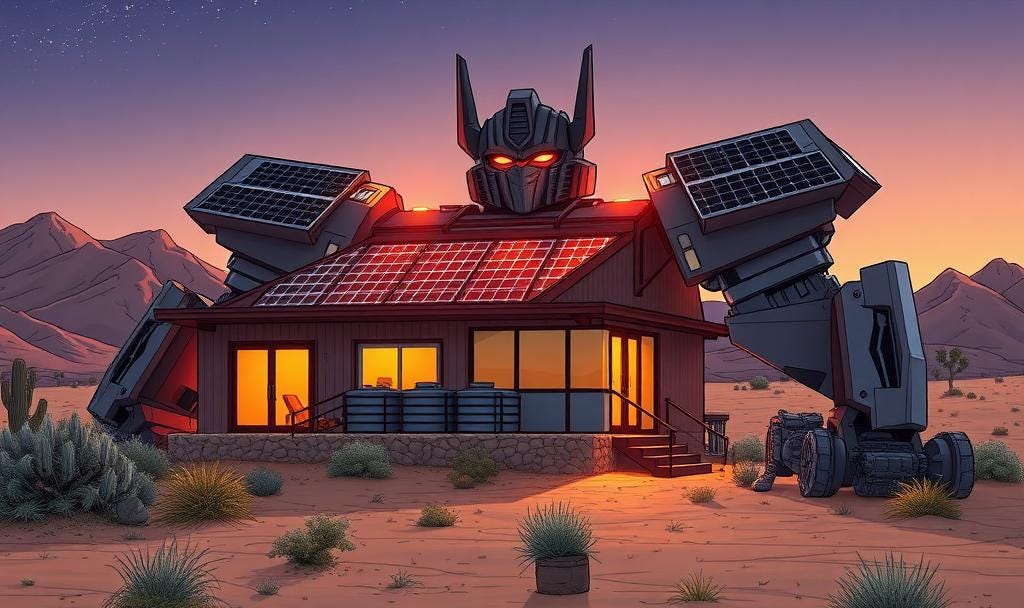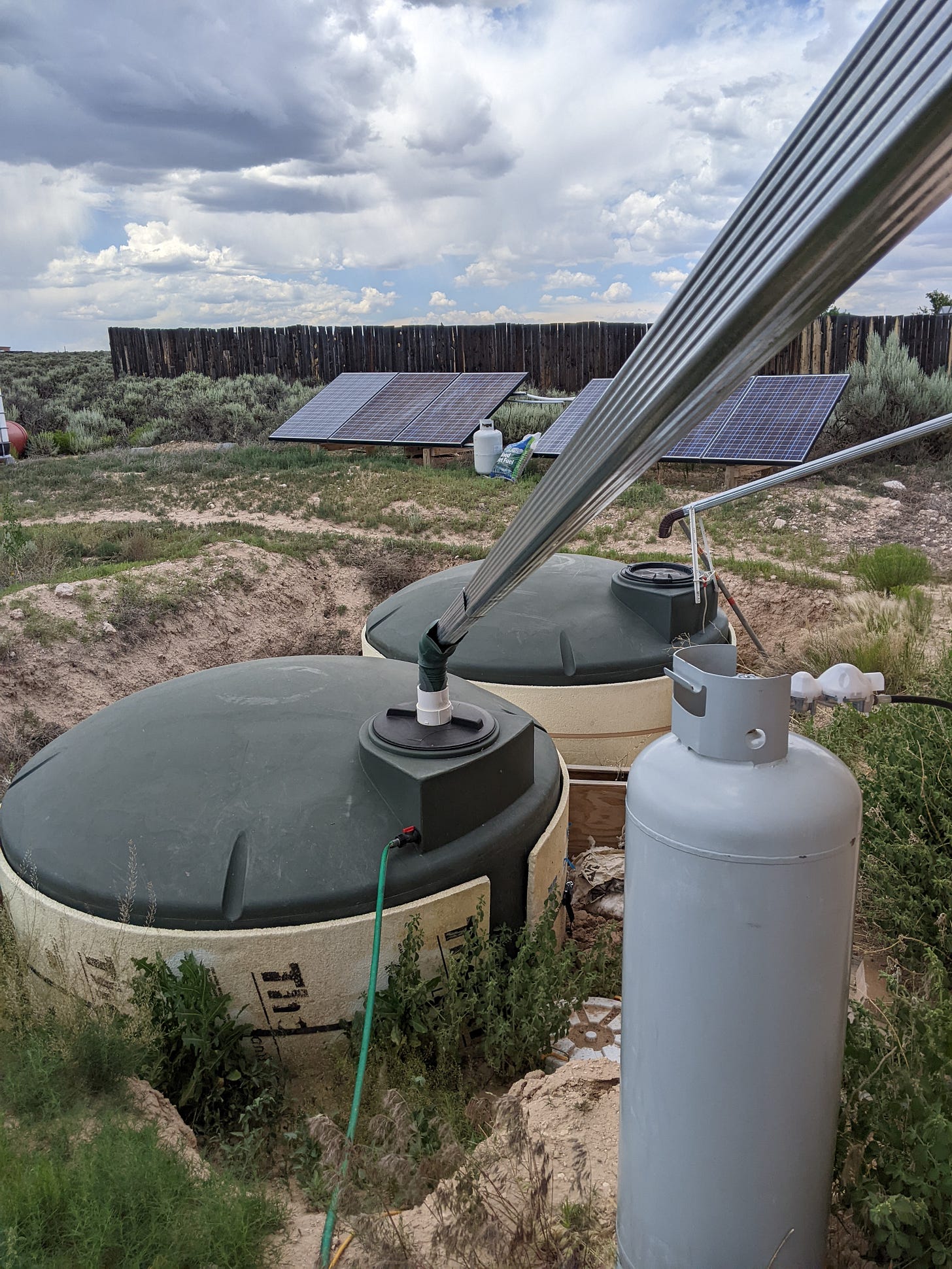The Secret to Faster, Better DIY
First, you must admit — and I have a hard time with this one — that you have no idea what you’re doing.
YouTube, Reddit and ChatGPT are DIYers’ top resources in 2025, but they have limitations.
You’re probably going to have to learn from trial and error. Embrace it; build it in to your process.
Recently, a friend pointed out part of the reason my projects take forever is I have no idea what I’m doing. He’s not exactly wrong (and we try to embrace this approach).
It’s actually not an insult; he was speaking from experience as another rural dweller forced to become a DIYer due to the lack of available hired help and living in a more rural location.
This first happened to me when the early weeks of the Covid pandemic sent many people into solitary DIY rabbit holes.
Moving off-grid at this time into a shell of a home with no wiring, plumbing or other systems of any kind installed forced me take on multiple DIY projects across multiple trades. And not necessarily simple projects, but projects with a number of dependent steps and systems planning involved. To me, they all seemed like multiple projects making up the components of some massive, overcomplicated Voltron that was my new home.
Connecting the stove to a propane tank outside is simple to the initiated, but at my level of experience and confidence at the time, it felt like solving a Rubik’s cube blindfolded (too many 80s toy references?): How do I drill a hole for the hose to pass through the wall? Or should it be a pipe? What kind of pipe? What diameter? What size drill bit? Why doesn’t that bit fit my drill? And now the bit is stuck in the wall, creating another troubleshooting project within the project within the main project.
And those are the easy sorts of projects. Put one pipe through one wall, connect on both ends, make sure everything is sealed up, and you’re done. The rough ones are the repetitive ones, like plastering, say. After you’ve mixed your plaster, put it on your trowel, apply to wall, smooth it out, get more plaster and do it again, perhaps for hours or days until that step is complete. Let it dry, do another coat. Maybe there are additional shaping or sanding or floating or sealing steps involved that require going over the whole area again each time.
And the thing is, if you have little or no experience, (especially if you’re using relatively rare materials and techniques, like, say, a hybrid straw bale / frame construction with exposed bamboo pins covered in local mud and caliche plaster) you will be forced to complete each step of the process (again, basically a project within the project) without really knowing if you’re doing it right. But, often when you move on to the next step in the process, whether it’s shaping or sanding or sealing or something else, the deficiencies in your technique will quickly become apparent.
“I wish I’d known that yesterday,” you’ll tell yourself or if you’re a hopeless optimist you might say, “At least now I know for next time.” I usually say both things, but secretly I know that I’ve failed again because there is a better, smarter way.
You Are Failing (And That’s a Good Thing)
First, you must admit — and I have a hard time with this one — that you have no idea what you’re doing. It doesn’t matter how many YouTube videos you’ve watched, the hours spent on Reddit forums or ChatGPT that have given you the very false sense that you’ve got it down and it’s going to be an easy project that you’ll knock out before brunch. You’re fooling yourself. Yes, again.
Be smart this time. Admit that you don’t know how this works and you could benefit from some experimentation. Learn through trial and error. It’s going to happen anyway, so build it into your process.
Consider completing a smaller version of your project before tackling the big one. I learned how to install solar by first adding a small system to our travel trailer, for example. This allowed me to learn the basics as well as some useful techniques before drilling any holes in my primary residence.
Without a mentor, you need to just go through the process on your own, make mistakes and learn from them. At least until you’re finally a master of all trades. Take from a guy who’s dug up his outdoor plumbing more than once.







